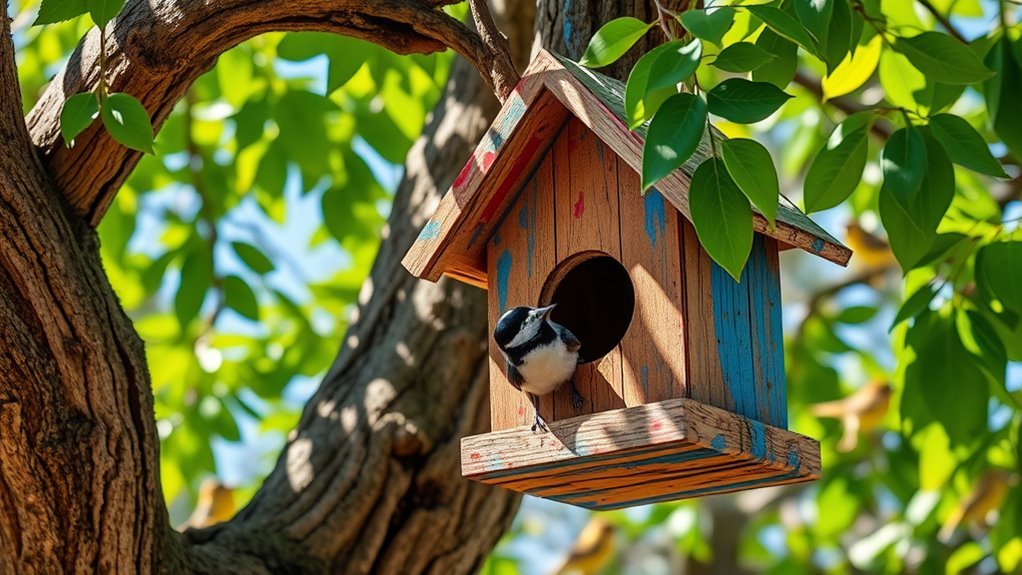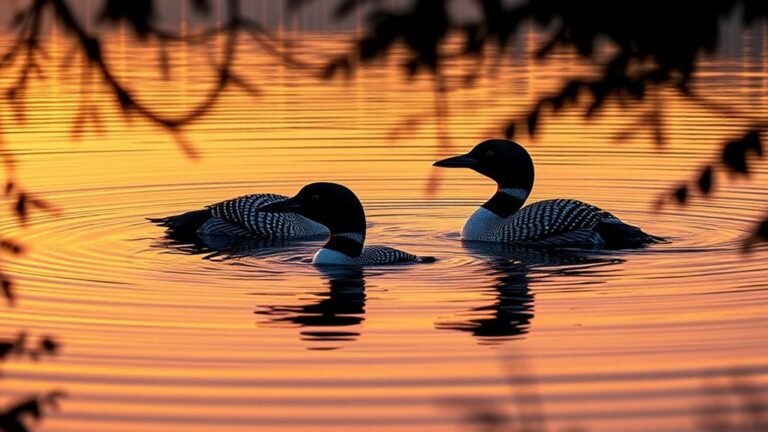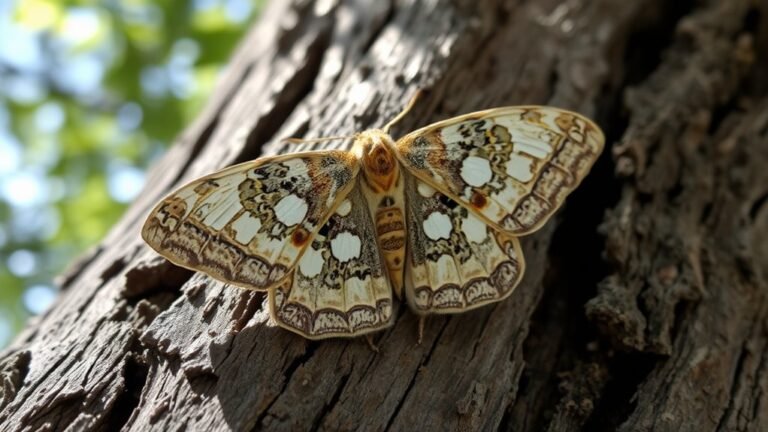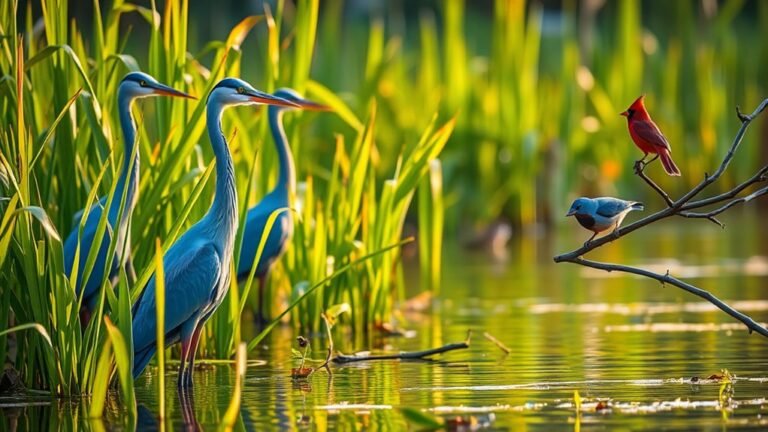What Birds Will Use My Bird House?
When setting up a birdhouse, it is important to know which bird species might use it. Different birds have unique needs for size, entrance holes, and the environment. For example, Eastern Bluebirds like larger entrances, while House Wrens prefer smaller ones. The design and location of the birdhouse can affect which birds are attracted to it. By considering these factors, you can create a welcoming space for your feathered friends.
Key Takeaways
The bird species that will use your birdhouse depend on its size and the size of the entrance hole.
- Eastern Bluebirds prefer a birdhouse with a floor size of 5"x5" and an entrance hole of 1.5".
- House Wrens like houses that have a 4"x4" floor and a 1" entrance hole.
- Chickadees are attracted to birdhouses that are 4"x4" with a 1.25" entrance hole.
- Purple Martins and Tree Swallows need larger houses with specific dimensions for successful nesting.
Choose the right dimensions to attract your desired bird species. Happy birdwatching!
Understanding Local Bird Species
How well do you know the birds in your area? Birdwatching is a great way to connect with nature.
Start by identifying local bird species. Look for traits like color, size, and behavior. For instance, the American Robin has a bright orange breast and often searches for food on lawns. The Eastern Bluebird, known for its striking blue feathers, likes open fields.
Recognizing these patterns can help you learn about local wildlife. By getting to know the birds around you, you enhance your birdwatching experience and build a community with fellow nature lovers.
Understanding your bird neighbors also helps support conservation and appreciation for local habitats.
Choosing the Right Birdhouse Design
Choosing the right birdhouse design is important for attracting birds to your yard. Start with the materials. Use untreated wood, which helps with insulation and ventilation without harmful chemicals.
Look for durable options like cedar or pine, as these resist rot.
Next, consider the design. A birdhouse that fits well with your garden can make your outdoor space more beautiful. Different bird species have different needs, especially regarding entrance hole sizes.
Make sure your design meets these requirements.
By combining function and beauty, you create a welcoming space for birds. This not only helps them nest but also adds to the sense of nature in your home.
Enjoy watching the birds that come to visit!
Ideal Birdhouse Dimensions for Different Species
When you create a birdhouse, the dimensions are important for attracting specific bird species. Each bird species has different preferences that can affect their choice to nest in your birdhouse.
Here are the ideal dimensions for common species:
- Eastern Bluebird: 5"x5" floor, 10" tall, 1.5" entrance hole
- House Wren: 4"x4" floor, 6" tall, 1" entrance hole
- Chickadee: 4"x4" floor, 8" tall, 1.25" entrance hole
- Purple Martin: 6"x6" floor, 12" tall, 2.5" entrance hole
- Tree Swallow: 5"x5" floor, 10" tall, 1.5" entrance hole
These dimensions help ensure that birds feel safe and comfortable in your birdhouse.
By using these guidelines, you can create a welcoming space for your feathered friends.
Happy birdhouse building!
Location Matters: Where to Place Your Birdhouse
Choosing the right spot for your birdhouse is crucial for attracting birds.
Start with the height; placing the birdhouse 5 to 10 feet off the ground works best for many bird species. This height keeps birds safe from predators while remaining easy to access.
Next, think about sunlight. Look for a place that gets morning sun to help warm the inside of the birdhouse, especially in cooler months.
However, avoid direct afternoon sun since too much heat can be harmful.
Also, consider nearby vegetation. Make sure there are trees or shrubs close by. These provide cover for birds as they approach the birdhouse.
By selecting the right location, you create a welcoming environment that encourages birds to nest.
Happy birdwatching!
Seasonal Considerations for Birdhouse Use
As the seasons change, bird behavior and preferences also shift, affecting their use of birdhouses. Knowing these changes helps attract the right birds.
Here are key factors to consider:
- Spring Arrival: Many birds return in spring to breed.
- Nesting Timing: Different species have specific peak nesting times.
- Temperature Changes: Warmer weather can influence when birds nest.
- Food Availability: Seasonal shifts impact food sources, drawing in various birds.
- Predator Presence: Birds may choose nesting sites based on predator activity.
Popular Birds That Nest in Birdhouses
Understanding bird behavior helps you know which species may use your birdhouse. Common visitors include House Sparrows and Tree Sparrows. These birds like birdhouses that resemble their natural habitats. They can be found in both urban and rural areas.
Eastern Bluebirds prefer open spaces with little vegetation. To attract them, place your birdhouse in these types of locations.
Bluebirds like houses with entry holes about 1.5 inches wide. By meeting these requirements, you make your birdhouse an inviting home for these delightful birds.
Maintaining Your Birdhouse for Attractiveness
Maintaining your birdhouse is important for attracting and keeping birds. Regular maintenance helps create a clean and safe space for nesting. Following a cleaning schedule can make your birdhouse more appealing.
Here are some simple maintenance tips to consider:
- Check for damage, such as cracks or loose parts.
- Remove old nesting materials after each season.
- Clean with a mild solution to get rid of parasites.
- Ensure proper ventilation to keep the temperature comfortable.
- Place your birdhouse away from predators and disturbances.
Enhancing Your Yard With Bird-Friendly Features
Creating a bird-friendly yard enhances your landscape and supports local bird populations. To attract various bird species, use native shrubs and flowering perennials. These plants provide food sources like seeds, nectar, and insects, which help maintain healthy ecosystems.
Add water sources, such as bird baths or small ponds, for hydration and bathing. These features are important for birds' health. Place them in safe, appealing spots to create suitable habitats.
Monitoring Birdhouse Activity
Monitoring the activity around your birdhouse can help you understand local bird behaviors and preferences.
Here are some simple tips for birdwatching:
- Count how often birds visit the house.
- Notice the times of day when birds are most active.
- Identify the bird species that show interest in the house.
- Record any materials birds bring for nesting.
- Look for signs of fledging, such as chirping or attempts to fly.
These observations can show patterns in local bird populations.
Engaging with these behaviors can deepen your connection to nature and enhance your birdwatching experience.
Enjoy watching the birds!
Additional Resources for Birdhouse Enthusiasts
Birdhouses provide a great opportunity to learn about bird nesting habits. Many resources are available to help you understand how to build effective birdhouses.
Books and websites offer clear information about the best materials for birdhouses, such as suitable wood types, paint options, and insulation methods. If you want to attract owls, you can find specific guides for building owl houses that meet their needs.
Joining local birdwatching clubs or online forums can build community. You can share experiences and get tips from other bird enthusiasts.
Using these resources will help you create better birdhouses and connect with the interesting world of birds. Enjoy your birdwatching journey!
Frequently Asked Questions
How Do I Attract Specific Bird Species to My Birdhouse?
To attract specific bird species, start by learning about their nesting needs. Check the size of the entrance hole that they prefer and use materials that suit their requirements. Place the birdhouse in an area that matches their habitat. Plant native plants nearby to provide food sources. This will help create an inviting space for them to nest.
Can I Paint My Birdhouse, and What Colors Are Best?
You can paint your birdhouse. Use non-toxic paint. Natural colors like green and brown help the birdhouse blend into the environment. Bright colors attract attention. Choose colors that look good and provide a safe home for birds.
What Time of Year Do Birds Typically Start Nesting?
Birds usually begin nesting in early spring. This timing matches the changing seasons. Knowing when birds nest can help you prepare your yard to attract them. Watching these birds can deepen your appreciation for nature right in your backyard.
Will Using Birdseed Near the Birdhouse Help Attract Birds?
Using birdseed near your birdhouse can help attract birds. Different types of birdseed, like sunflower seeds and millet, attract various bird species. By placing feeding stations nearby, you can increase the chances of seeing more birds. This creates a friendly environment for feathered visitors. Enjoy watching the birds as they come to feed!
How Can I Tell if My Birdhouse Is Occupied?
To check if your birdhouse is occupied, watch for birds entering and leaving frequently. Look for signs like feathers or droppings outside the house. These indicate that birds have made the house their home.

Ava is a bird enthusiast and nature lover who has spent countless hours observing and learning about the fascinating world of birds. With a passion for sharing her knowledge and inspiring others to appreciate the beauty of birds, Ava writes about her experiences and insights on avianadmirer.com.







